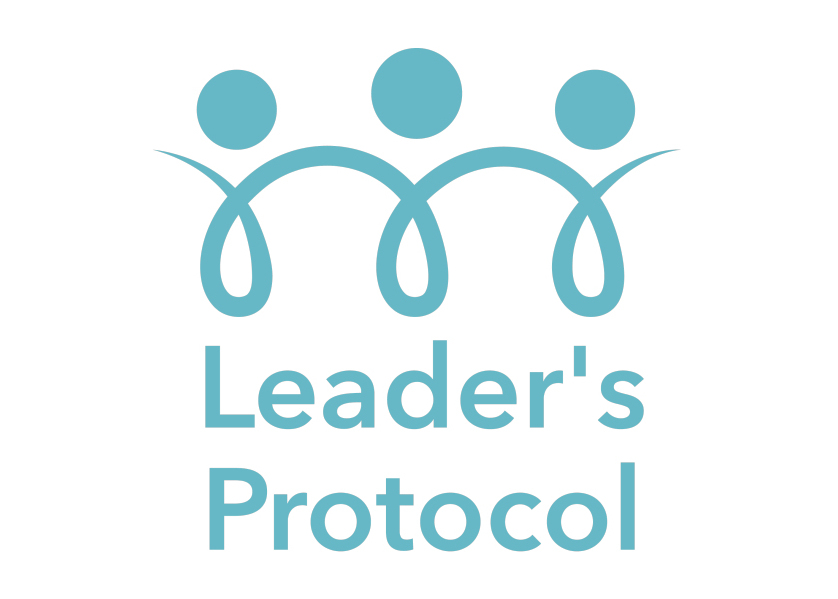Most leaders have at some point dreamt of their ideal team that performs across all domains, that is a cohesive body that acts as one, is lauded over, and is a destination employees across the business aspire to grow into. Is it just a dream or can this be a reality for any leader who commits to it? Here's my thoughts and ponderings on a subject that cannot be overstated.
Building High-Performance Teams: A Guide to Help Navigate the Journey
High-performance teams have become the Holy Grail for modern organisations. Such teams exhibit high levels of collaboration and innovation, driving remarkable results. But how are these teams built? Let’s explore.
Understanding High-Performance Teams
A high-performance team is characterised by a deep sense of commitment, trust, communication, and shared vision. In his book “The Wisdom of Teams”, Jon Katzenbach defines a high-performance team as “a small number of people with complementary skills who are committed to a common purpose, set of performance goals, and approach for which they hold themselves mutually accountable.”
A case in point is Pixar Animation Studios. They have consistently delivered blockbuster movies, and their ‘Braintrust’ teams, a concept developed by Ed Catmull as discussed in his book “Creativity, Inc.”, have played a crucial role. These teams exhibit mutual respect, shared goals, and a culture of candid feedback.
Key Steps to Building High-Performance Teams
- Establish a Clear Vision: High-performance teams need a clear, compelling vision to work towards. Leaders should involve their teams in setting this vision to increase buy-in and commitment. Google’s OKR (Objectives and Key Results) framework is a fine example of setting ambitious goals and tracking progress.
- Select the Right People: Jim Collins, in his iconic book “Good to Great”, stresses the importance of getting the right people on the bus. Skills are important, but so is attitude. Hiring for cultural fit can significantly enhance team performance.
- Cultivate Trust: Google’s Project Aristotle found psychological safety to be a key characteristic of high-performing teams. Leaders can build trust by promoting open communication, demonstrating vulnerability, and encouraging the sharing of mistakes, as Brené Brown outlines in “Dare to Lead”.
- Encourage Open Communication: In his TED talk “Why Openness is the Key to Success”, Charlene Li emphasises the power of open communication in fostering collaboration and innovation. Tools like Slack and Microsoft Teams can facilitate this.
- Provide Feedback and Recognition: Regular feedback helps team members improve and feel valued. The book “Radical Candour” by Kim Scott provides useful guidelines on giving constructive feedback. Regular recognition of achievements, big and small, can also boost morale and performance.
However, building a high-performance team isn’t a one-size-fits-all formula. For instance, Steve Jobs’ team at Apple, the original “Macintosh” Team, was known for its high levels of stress and inter-team conflicts. Yet, they produced the groundbreaking Mac. Does this contradict the principles we discussed? Not necessarily. It emphasises that the dynamics of high-performance teams can vary significantly based on industry, company culture, and leadership style.
Questions to Ponder
- As you strive to build high-performance teams, consider:
- Are you creating a compelling vision that motivates your team?
- Are you selecting people solely based on their skills, or are you considering their fit with the team culture?
- Are you fostering an environment of trust where team members feel safe to express their ideas and concerns?
- Are you promoting open communication, or are you stifling it with hierarchical barriers?
- Are you providing regular, constructive feedback and recognizing achievements?
The Road to High-Performance
Building a high-performance team is not an overnight process. It requires a persistent commitment from leaders and team members alike. But the payoff – in terms of productivity, innovation, and employee satisfaction – is well worth the effort.
- Challenge the Status Quo: High-performance teams are built on a foundation of learning and continuous improvement. Encourage your team members to question the status quo and explore new ways of doing things.
- Promote Diversity: Diverse teams bring diverse ideas. A study by Harvard Business Review found that diverse teams are more innovative and smarter. So, aim for diversity in skills, experience, and perspectives.
- Role Model Resilience: High-performing teams also need resilience to navigate setbacks. Fostering a growth mindset, as Carol Dweck suggests in her book “Mindset: The New Psychology of Success”, can help your team bounce back from challenges.
Building high-performance teams is a complex, rewarding endeavour that takes sustained commitment and time. It requires careful selection, trust-building, communication, feedback, and resilience. Are you ready and willing to embark on what it requires to take your team to the next level?
Want more? I’d recommend …
Book: “The Five Dysfunctions of a Team” by Patrick Lencioni
Article: “The New Science of Building Great Teams” by Harvard Business Review
Video: “Building High-Performance Teams” by Google Talk
Podcast: “Team Coaching Zone” by Krister Lowe



